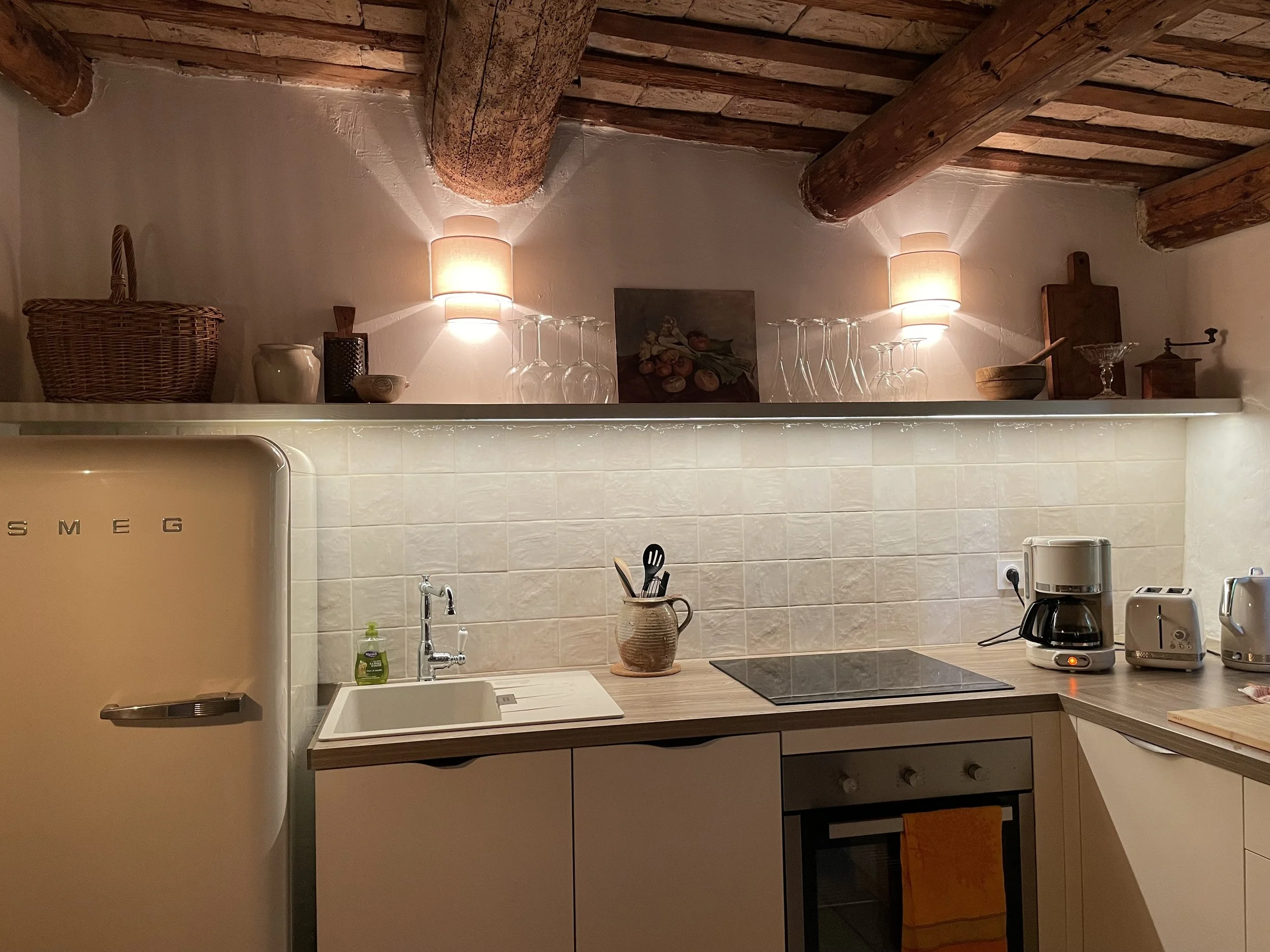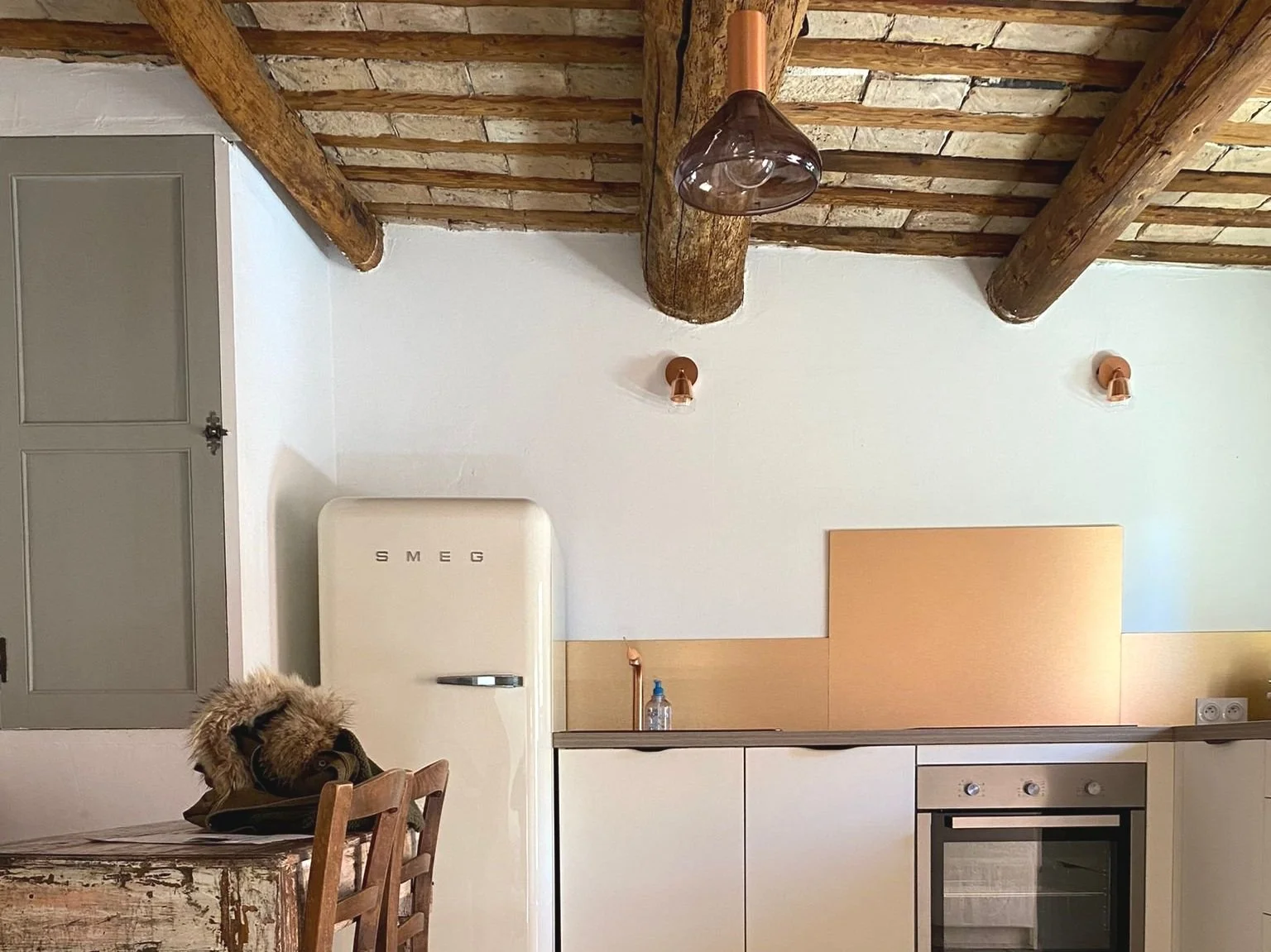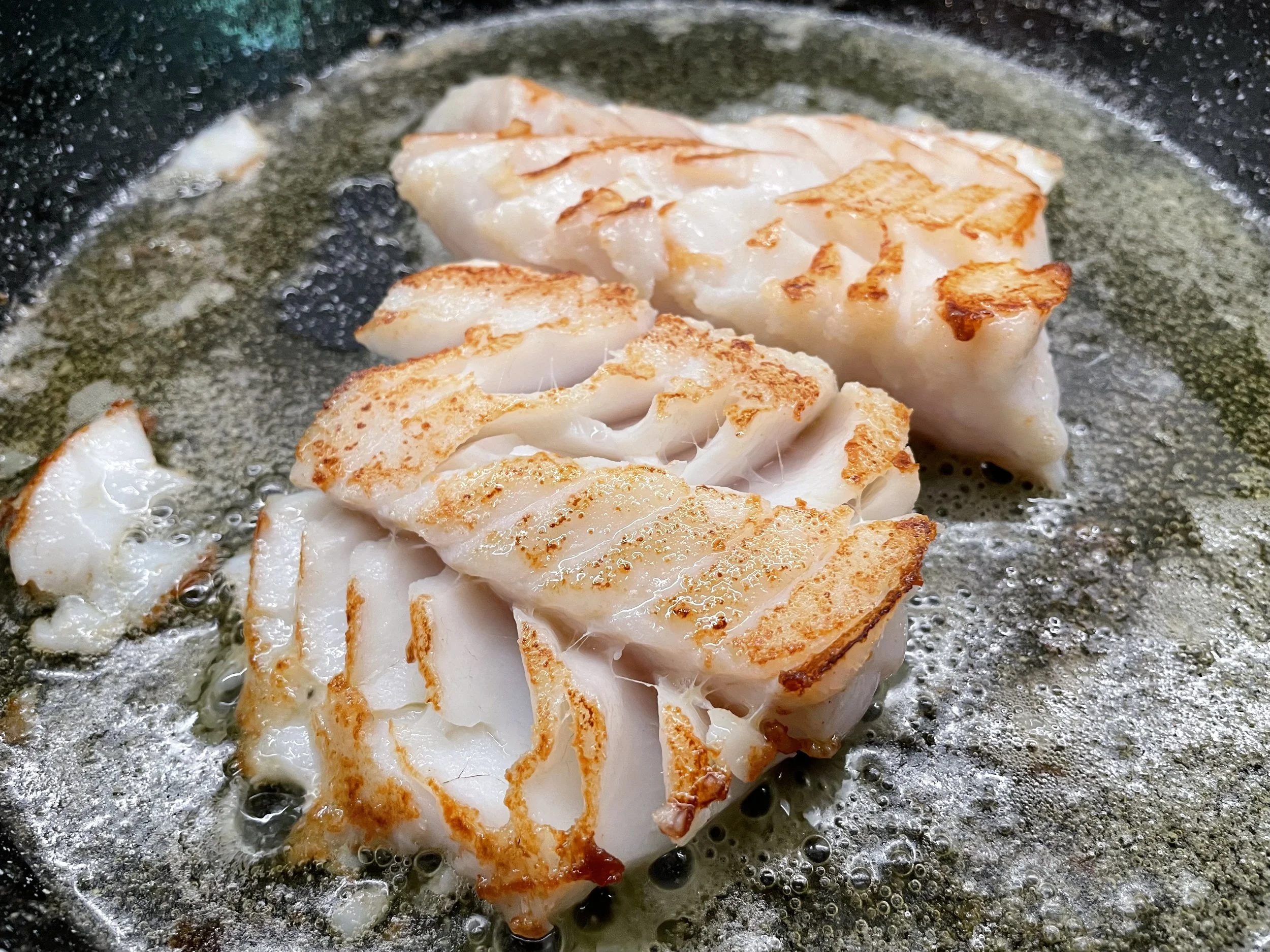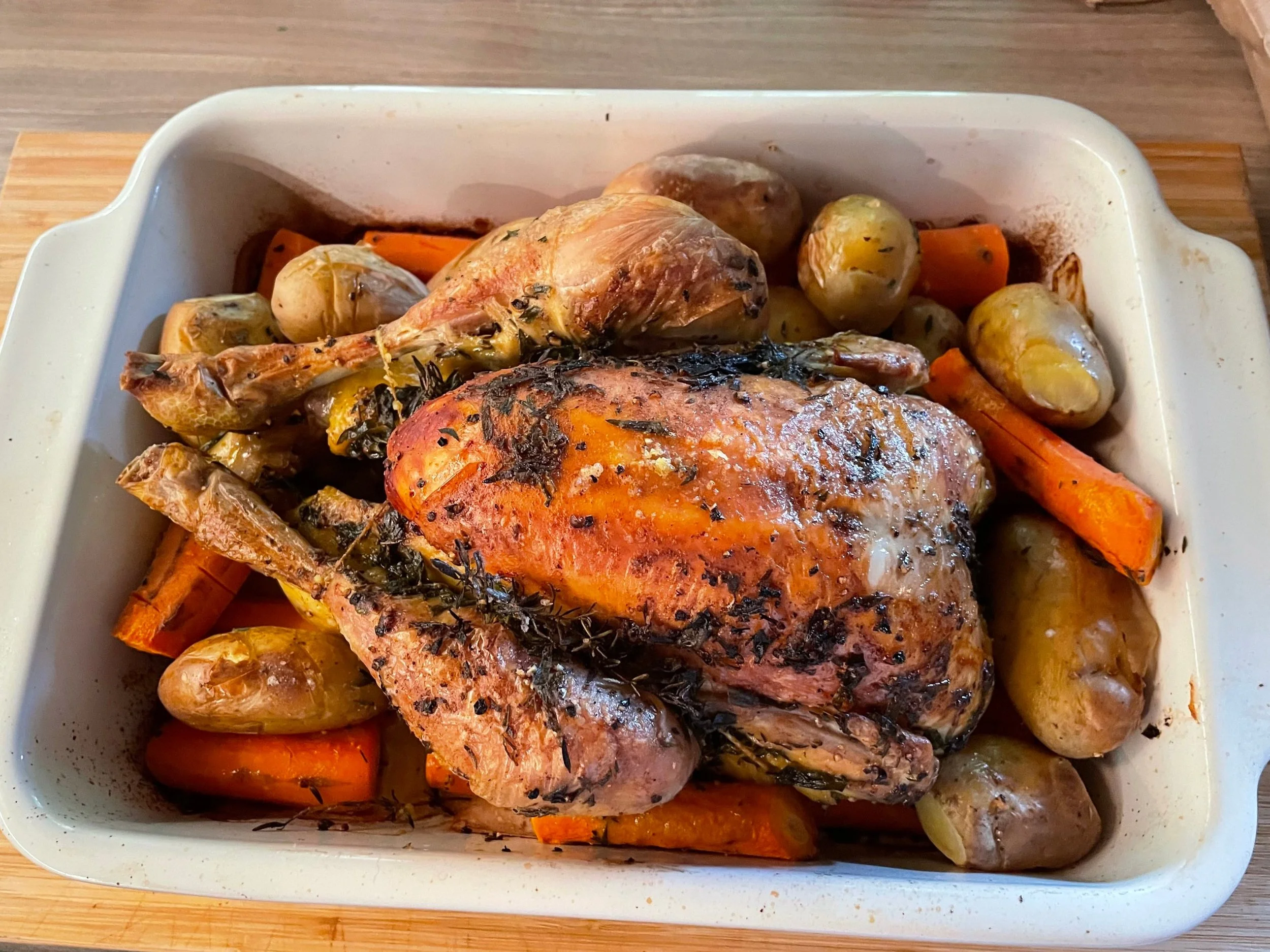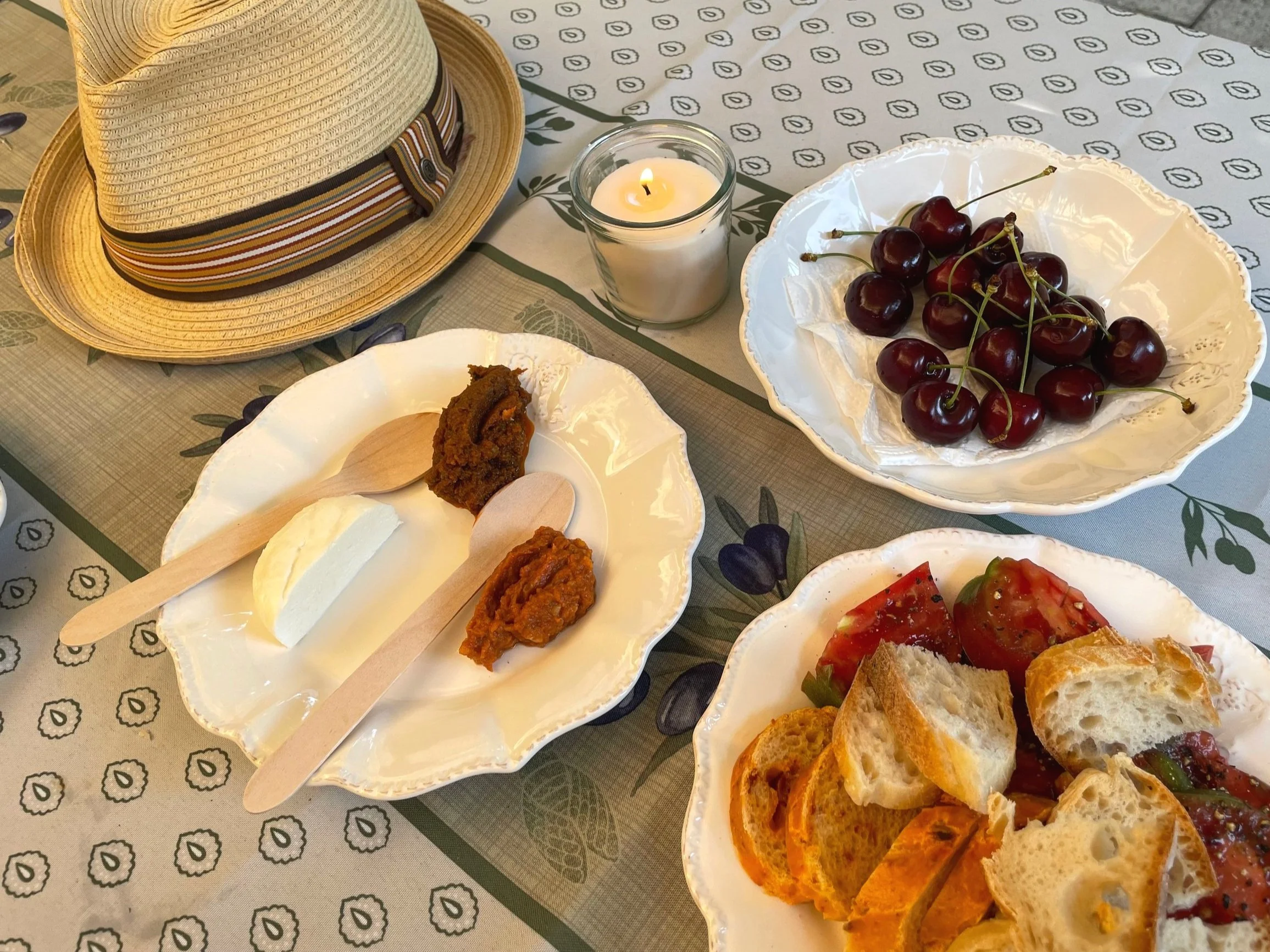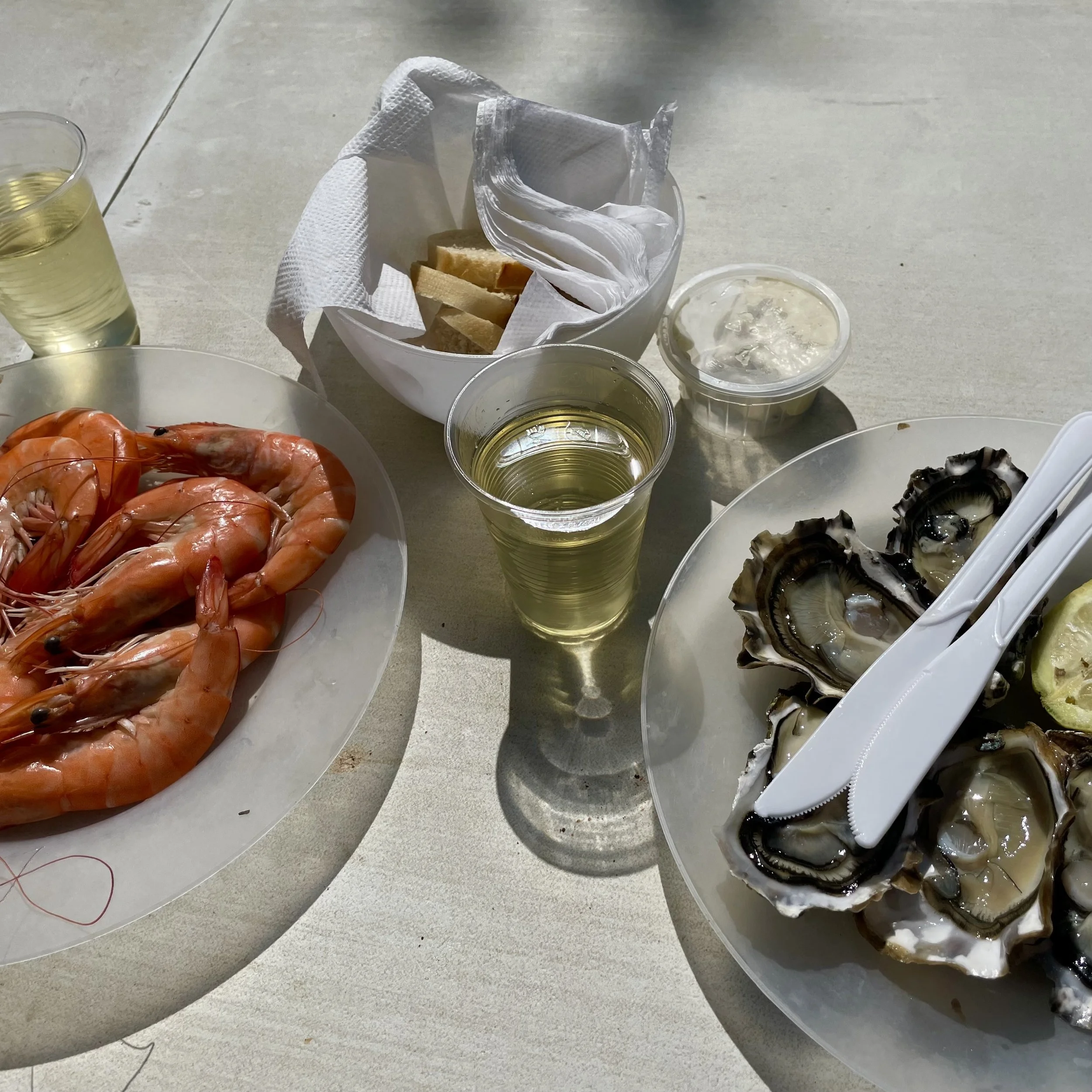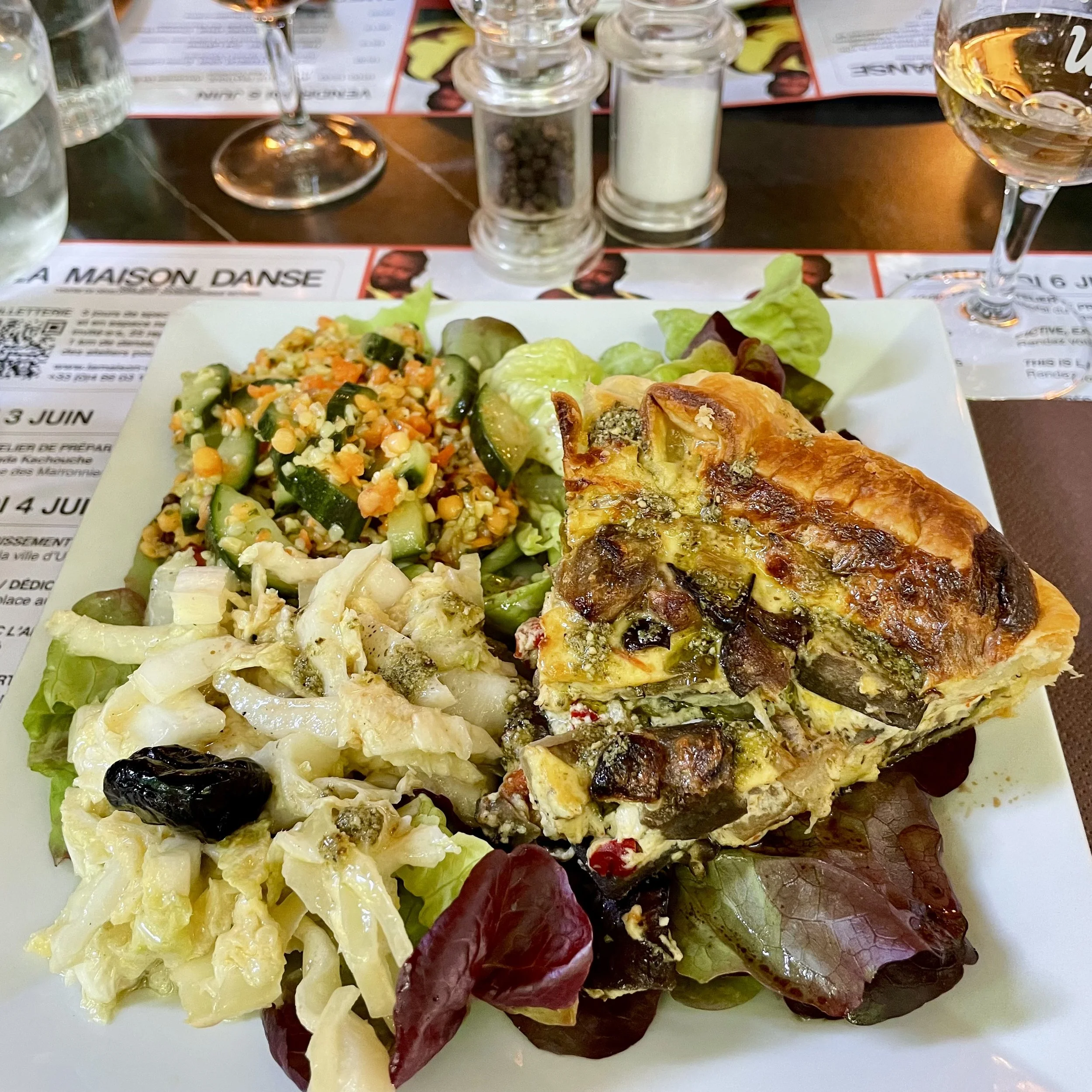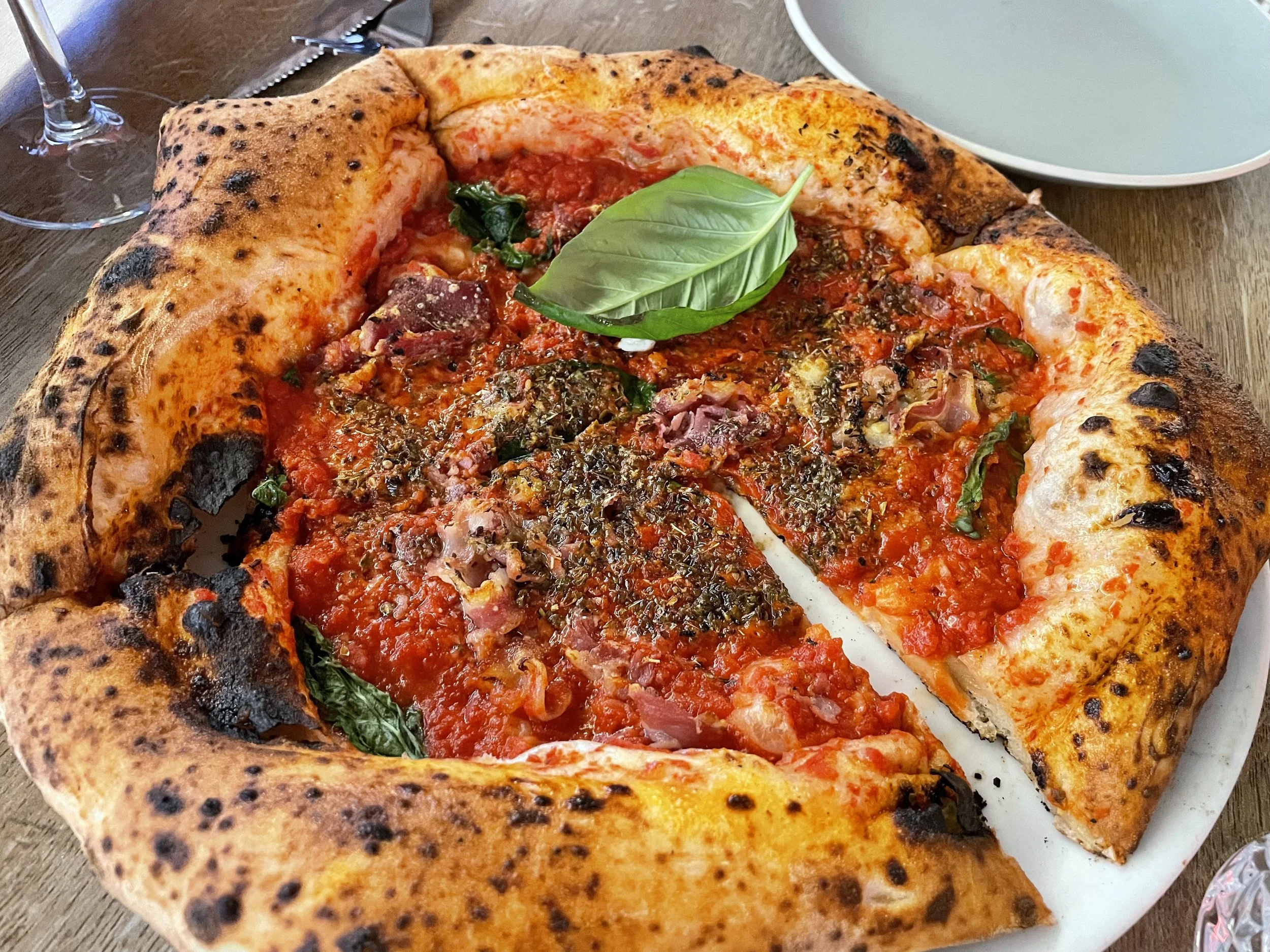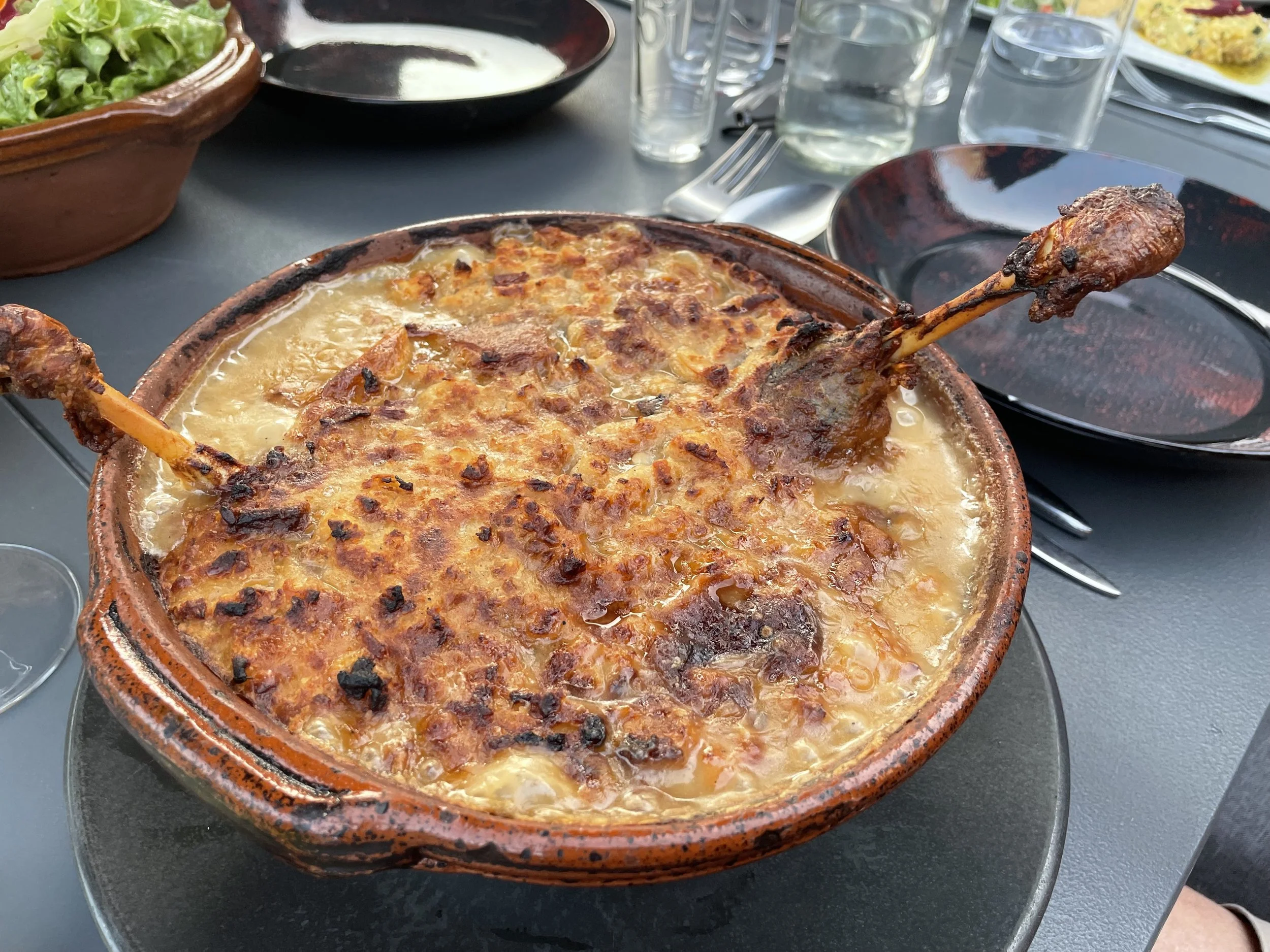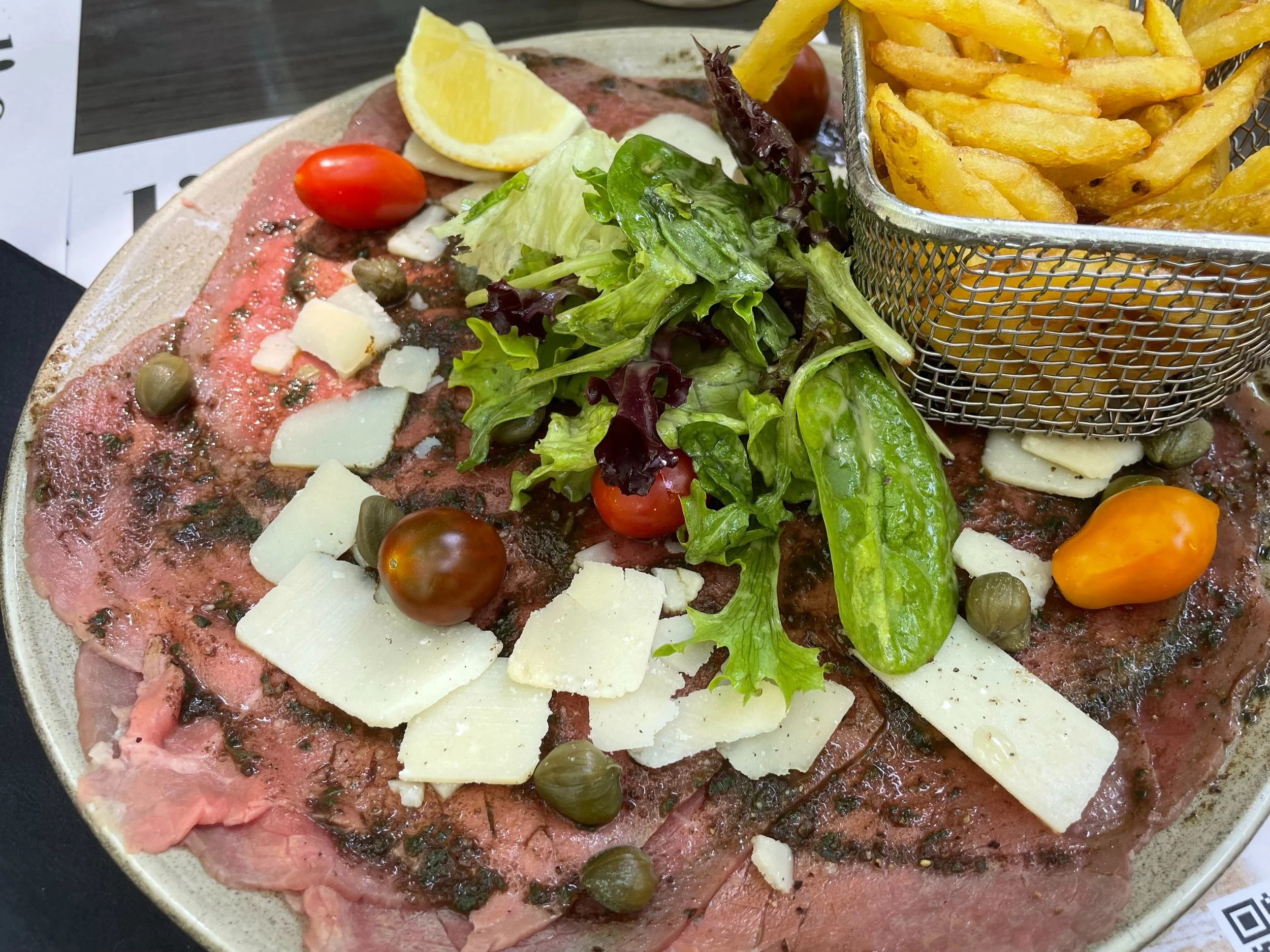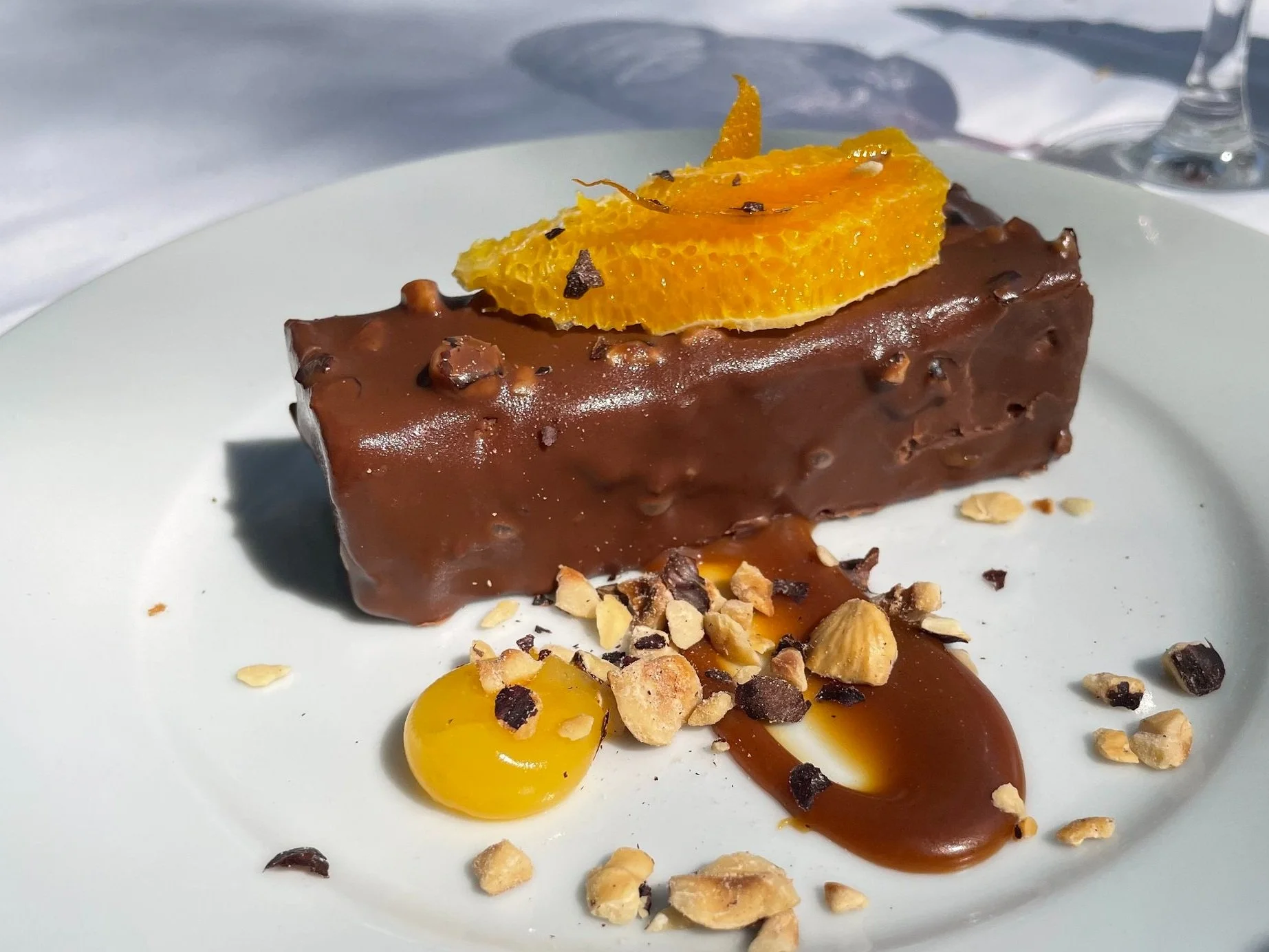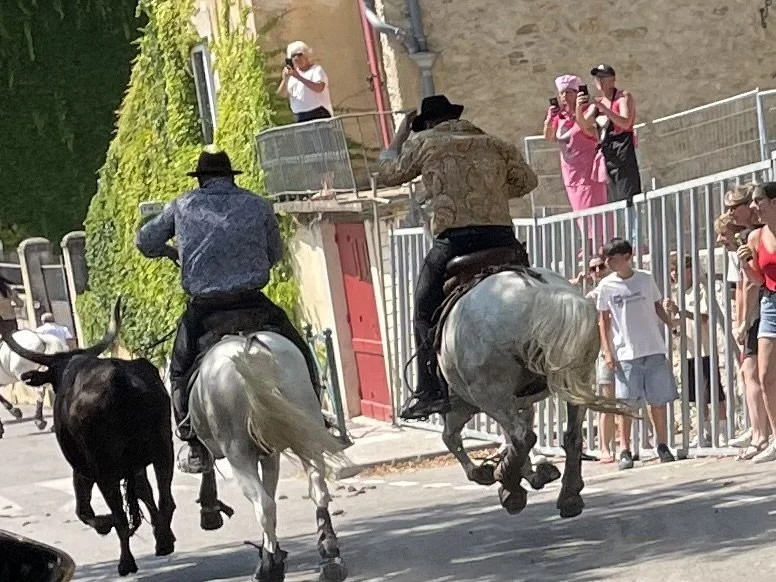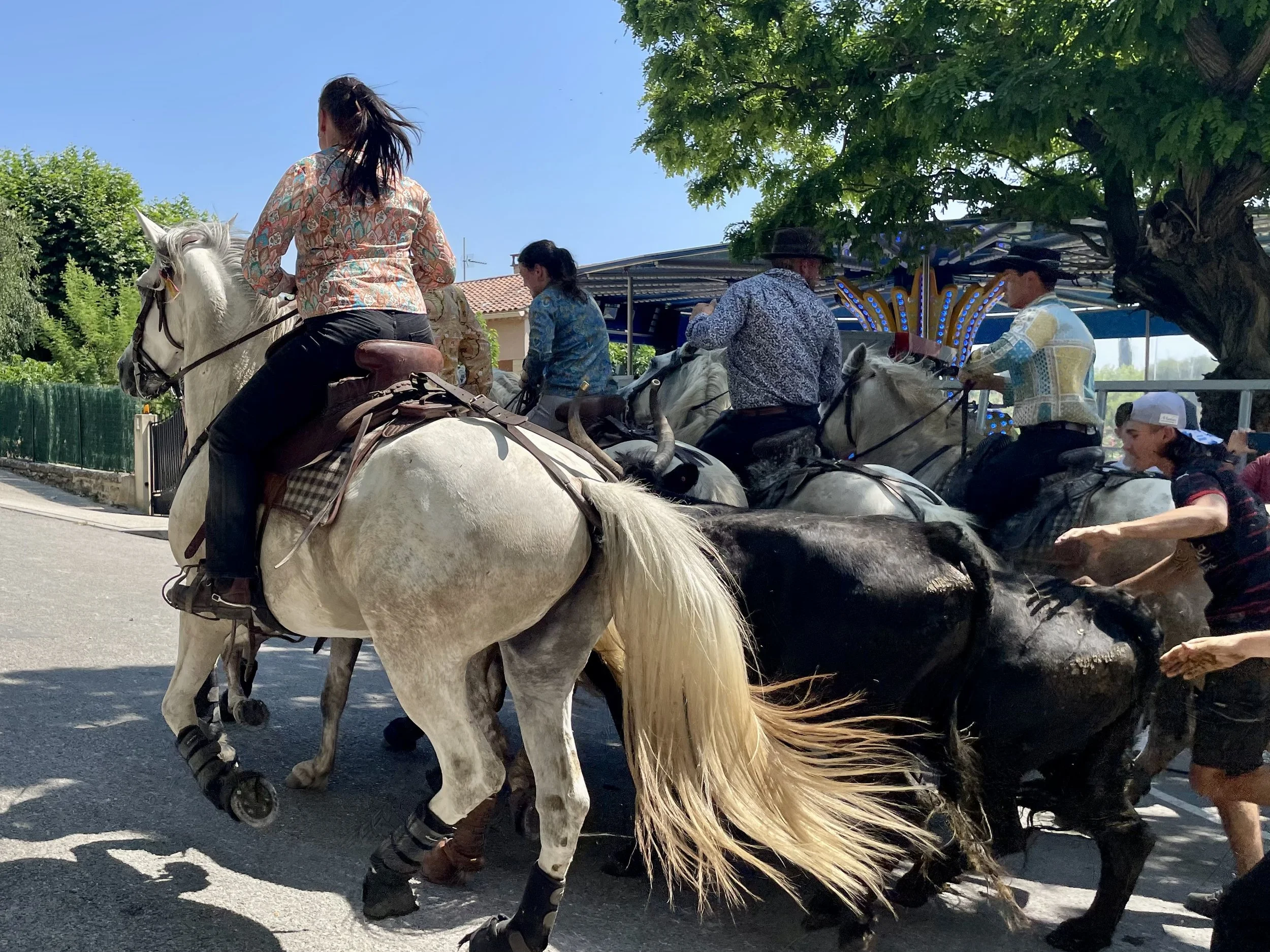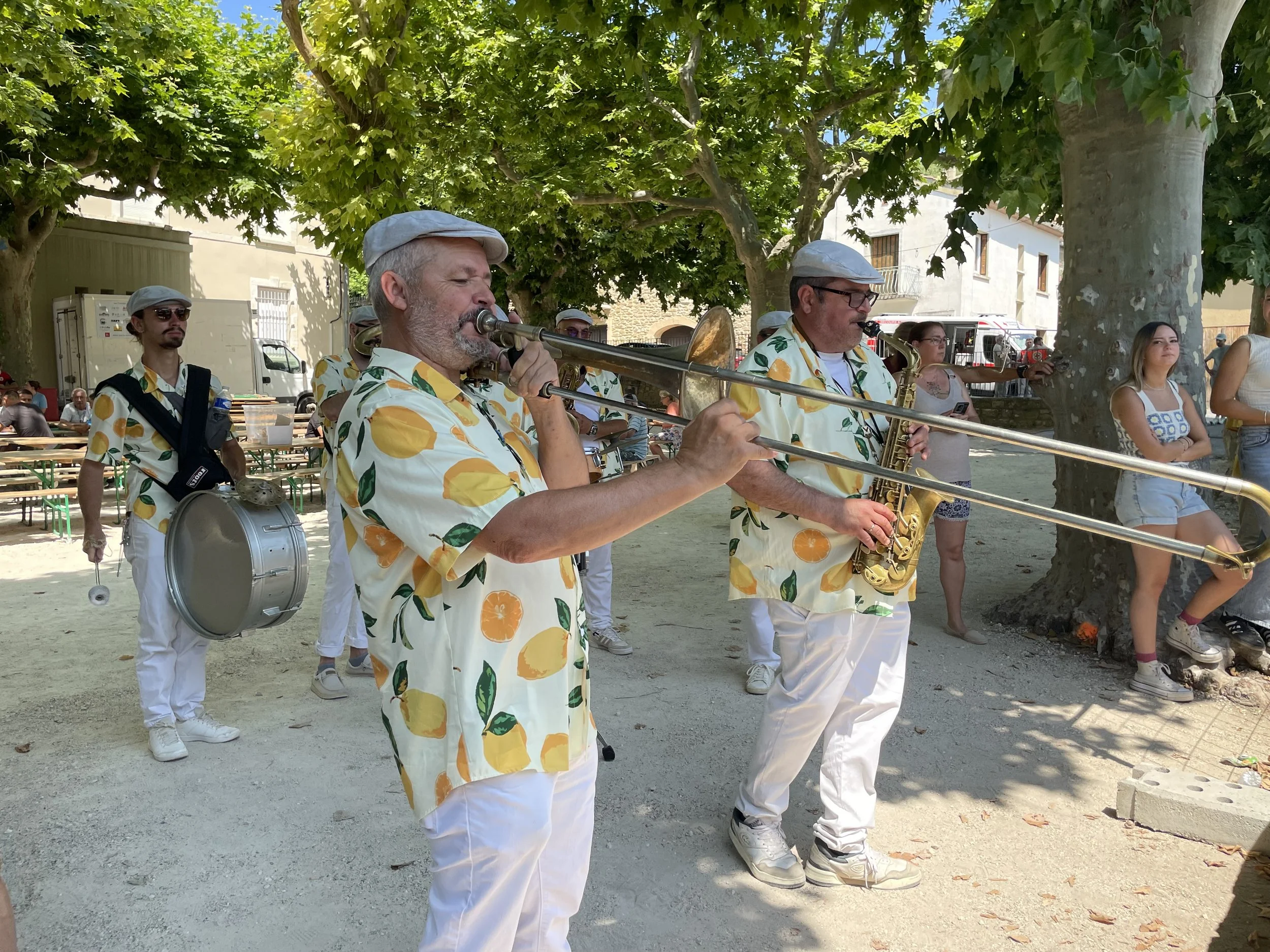This is my new kitchen after a few tweaks. New dimmable lighting. Linen mood sconces. Overhead light moved above table. New tile backsplash. Additional electrical wall outlets. New sink and faucet. New shelf for additional storage. Added flea market treasures for warmth and ambience.
This was my French kitchen a year ago in March 2024. Still very nice and basic, but a bit cold and industrial, and possibly— patiently, waiting for a little tender care and charm.
My cooking has also evolved as my kitchen has. I am now more comfortable with an induction cooktop, which is very common, popular, and energy efficient in France today. Armed with a new set of induction cookware, I love strolling through the farmers markets deciding what to cook based on what I see.
Cooking from the markets is simple and very rewarding. New ingredients to try and dishes to create add to my cooking pleasure. A simple herb garden off of my kitchen door further enhances my cooking.
Oddly enough, I a have a library of cookbooks at home in California, and just one or two in France. I prefer to cook in France by instinct and I suppose experience, off of the top of my head. As I mentioned in my last post, “delicious food is tightly woven into the French culture, each and every day. It is generally on the simple side, made with fresh ingredients at their peak, and beautifully presented like a gift.” I continuously strive for beautiful presentation, but I think you will agree, all the ingredients shine for themselves.
Sharing with you, a few dishes I have made from my recent visit, diving into my kitchen.
Starting Pan Seared Salmon With Sautéed Spinach, Tomatoes, and Zucchini
Bon Appétit et Bon Weekend…Bonnie

